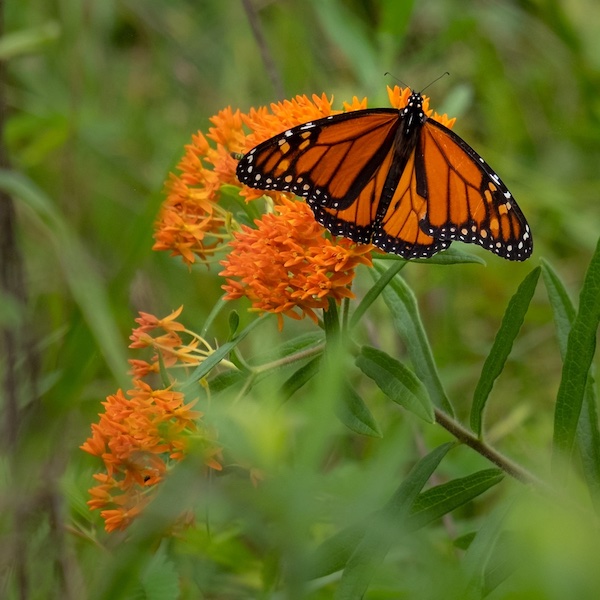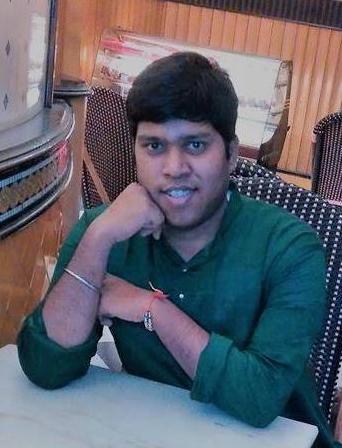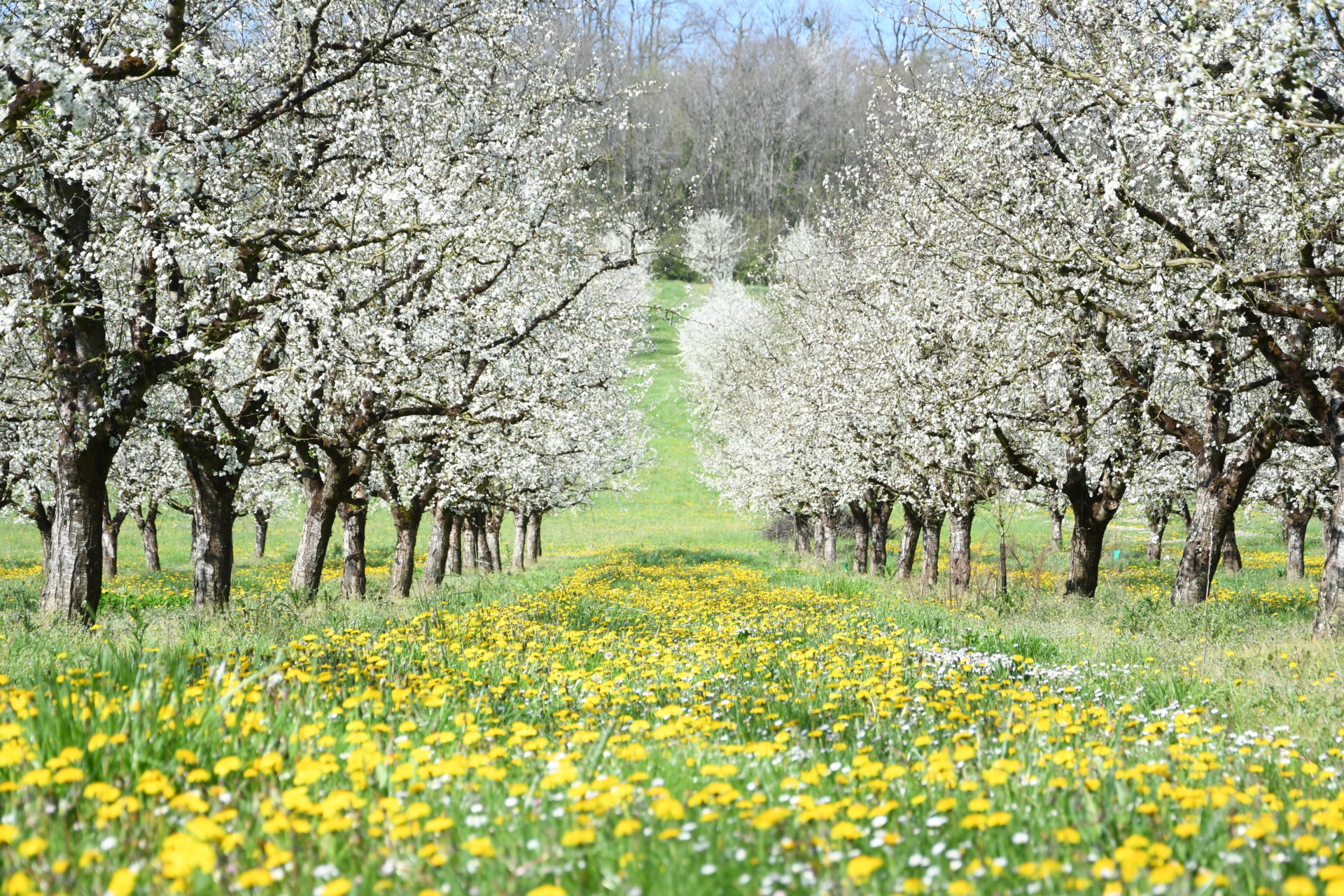By Sourajit Ghosh

I lost my aunt last year, on October 16, 2019. Her death shattered my world. She was one of the most loving members of our family. I had a troubled childhood, as my father and mother separated when I was a child. My mother raised me as a single parent, with the help of my aunt. Even though my aunt is not my biological mother,
By Sourajit Ghosh

I lost my aunt last year, on October 16, 2019. Her death shattered my world. She was one of the most loving members of our family. I had a troubled childhood, as my father and mother separated when I was a child. My mother raised me as a single parent, with the help of my aunt. Even though my aunt is not my biological mother, she is no less a mother to me. Both my mother and I deeply loved her. My aunt passed away at the age of sixty-six, and this was not easy for us to accept.
My mother and I were quite depressed. My mother had an emotional setback, as my aunt was her biggest support to raise me and educate me. In this situation, I started following the teachings on YouTube of Most Venerable Thich Nhat Hanh on grief, suffering, and mindfulness, and also reading his books. I started making my mother listen to Thay’s teachings and discussing how to overcome grief and suffering. When we lose our loved ones, we must remember they are like the dewdrops on the grass that say a warm hello to us every morning.
In the same manner, the memories of our loved ones touch our mind and soul every day. We can see the reflection of our loved ones in the cooked food we prepare with love for our dear ones, the reading room where we talk with each other. The evening tea reminds us of the moments of collective joy. The flowers in the terrace garden bring back the memory of our deceased loved one watering the plants. The buds blooming into flowers in the morning remind me of Thay’s words that our deceased loved ones are never apart from us; we need to be mindful enough to feel them. My aunt is very much there in those flowers blooming and smiling at us. But we were victims of our own suffering, concentrating only on our loss and not on the loving memories that we share. Initially, after October 2019, my mother’s health deteriorated as she struggled with grief.
One evening in winter last year, we started opening our hearts to each other. We decided to discuss the unimaginable pain of grief that both of us were trying to hide from each other. We discussed a relevant excerpt from Thich Nhat Hanh’s book No Mud, No Lotus. I told my mom that the way shown by Thay is so easy and perfect: it guides us to embrace our suffering and recognize it. Both joy and grief are creations of our own mind; being stable and mindful is the key. Being alive and enjoying the present moment is the only way, my mother replied to me after I asked her what she understood from reading Thay’s book. We were also amazed by another part of the book where Thay discusses that even the Buddha suffered from grief at the death of one of his disciples, but he knew how to manage his suffering well.1
I told my mother that we never lose our loved ones; they are very much in the clouds, trees, birds, sunlight illuminating the room, the rain, the cultural festivals, and our wholesome actions. As Thay teaches us, the cloud transforms into rain, but both are beautiful in their own form. We need to cease grasping our grief and cherish the special moments we spent together or the gifts we received on special occasions from our deceased family member. Our close ones are very much in our smiles, in our tears, and in our breath.
It became very important for me to take care of my mother when she was feeling lonely, as my aunt used to be her best friend. In winter there may be leaves falling from the trees, but in the spring, we can see small green leaves growing again, refreshing our mind. I followed the path advocated by Thay to take care of my mother:
- Observing my aunt’s photos with mindfulness and recollecting good memories: As Thay taught us, we can do everything with mindfulness. Every day I used to sit with my mother, talking about photos of my aunt and asking her to recollect happy moments. I used to just listen to her, without uttering any words, so I could give her the proper space to express her emotions. I am a student of Nalanda University; when my aunt was alive, I used to often visit the ruins of the great monastery with her. My mother and I often go through the photographs and talk about how excited my aunt was when she saw the Nalanda ruins for the first time.
- Walking meditation: I practice walking meditation with my mother in the garden, where many flowering plants were planted by my aunt. We practice gardening with mindfulness, allowing each other the space of silence and the fragrance of the flowers.
- Art and music retreats: My mother and I offer ourselves small art retreats by painting lotuses with watercolors, or painting on clothes with fabric paints. My mother stitches beautiful designs on clothes, illustrating village landscapes and the culture of Bengal. We cherish each other’s talents. Watercolor paintings are a great medium for healing. A drop of water has the potential to fade the colors; in the same way, it helps us to meditate on impermanence and our fragility in this world. Also, as Bengalis we are great worshipers of the feminine divinity goddess Tara. In our folk culture, we sing several songs in praise of the Mother Goddess that focus on unification of our mind with the deity. I also compose poems in praise of Buddha and recite them to my mother.
- Forming a small Sangha and being a Dharma friend to my mother: My mother and I engage in chanting practices on Sunday evenings. I read excerpts from several sutras and explain them to my mother, or we listen to Thay’s Dharma talks and then discuss how engaged Buddhism can make a better world. We also meditate together, listening to the mindfulness bell and holding the smiling face of my aunt in our minds. Sometimes we go to the lake nearby and observe the lotus flowers and the fishes in the water, which reminds us to cherish the beauty of nature.
- Dana and generosity: We belong to a state in India named West Bengal, which was devastated by a terrible cyclone called Amphaan on May 20, 2020. My state went through a horrible time after the cyclone. Many people lost their shelter and belongings, and struggled to get hold of basic facilities. We helped by donating food items, and I chose to volunteer at a cyclone relief camp providing food supplies to people affected by the cyclone. Their smiling faces were very refreshing. Those who suffer have great potential to teach us patience, and we can realize how samsara works—in the cycle of life, there are both tears of sorrow and tears of joy. I believe that the smiles of the unfortunate ones will bring peace to the soul of my aunt.
Most importantly, we listen to the teachings of Thay carefully and try to apply them in our day-to-day life by encouraging each other to overcome grief and move forward in life. We are mother and son, and now we are also Dharma friends, and this changing relationship has made us realize the impermanence of phenomena. At the same time, we cherish the good memories of life together and move forward out of the darkness. The best part is that with the help of Thay’s teachings, both of us are able to connect our individual grief to a collective state and support each other. Following Thay’s teachings in these troubled times has been a blessing in our life.
1 Thich Nhat Hanh. No Mud, No Lotus: The Art of Transforming Suffering (Berkeley, California: Parallax Press, 2014), pp. 12-15.

Sourajit Ghosh is a PhD student in the Global Program, School of Buddhist Studies, Philosophy and Comparative Religions at Nalanda University, India. He completed his MA from the same university and holds a Diploma in Nalanda Philosophy from Tibet House Delhi, Cultural Center of HH The Dalai Lama.

